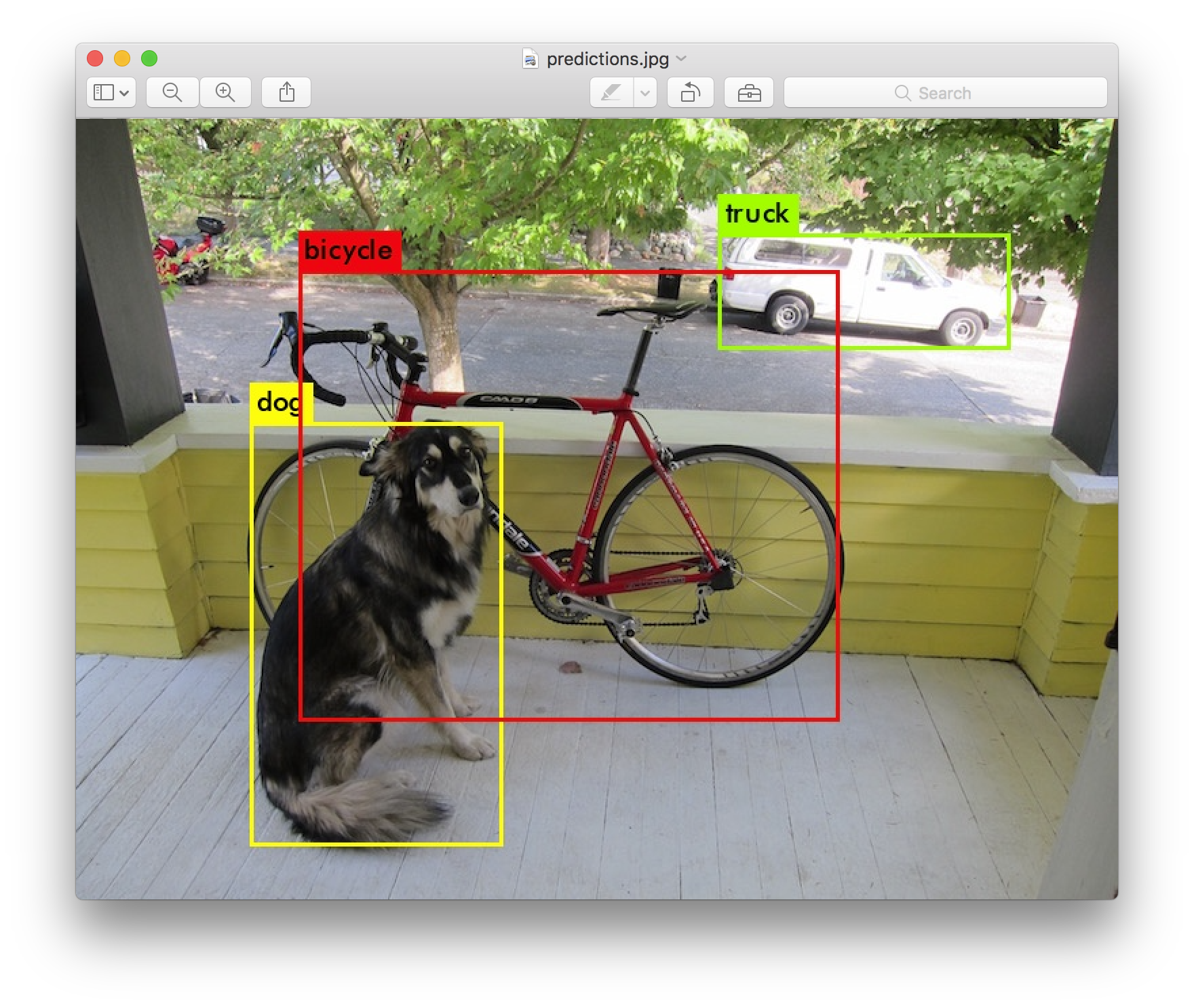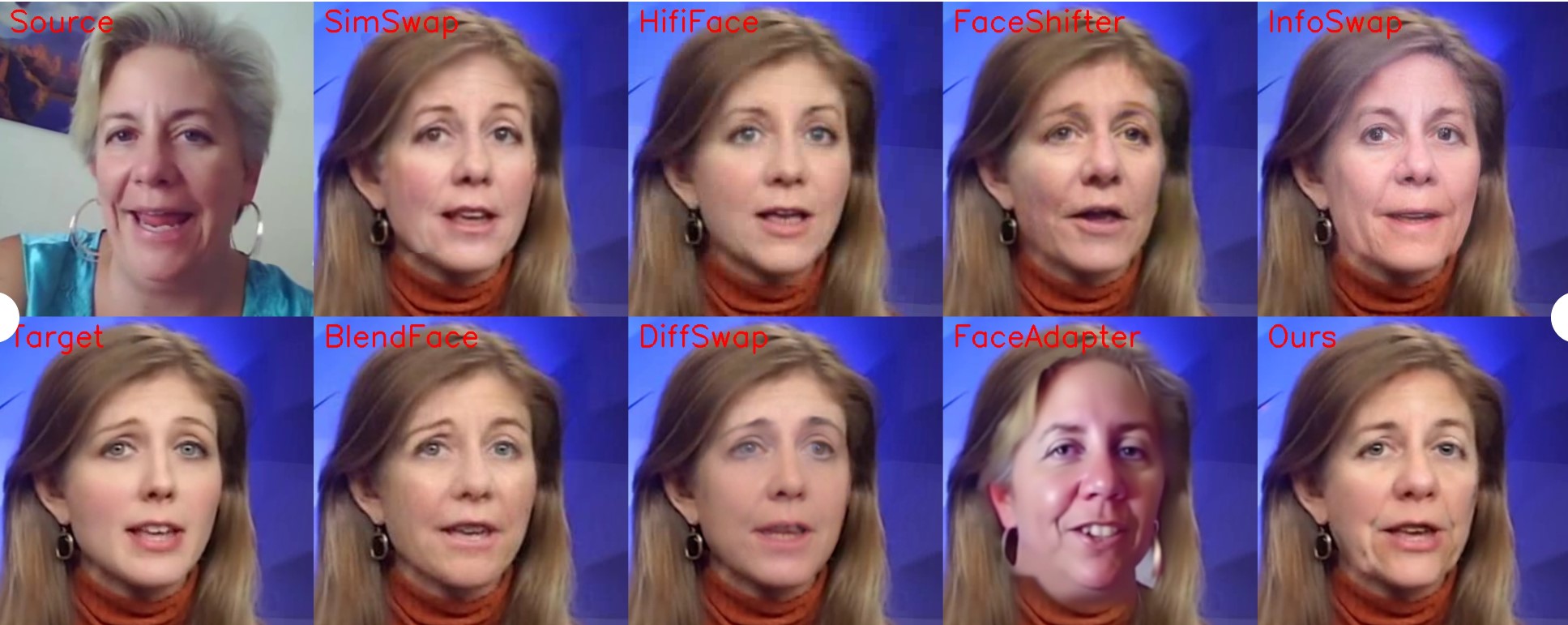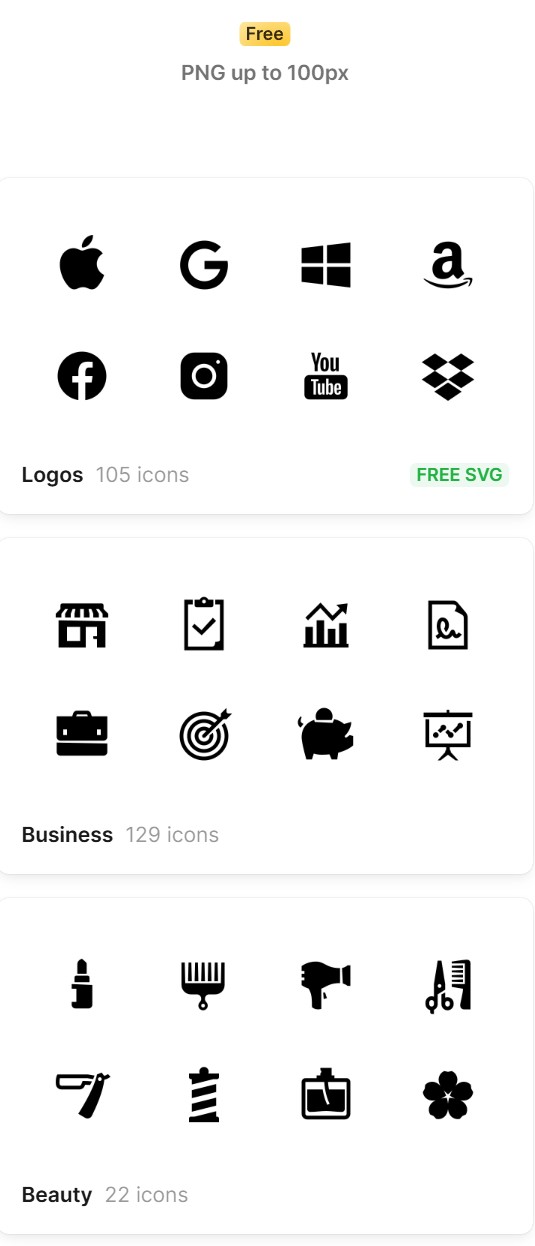BREAKING NEWS
LATEST POSTS
-
Ranko Prozo – Modelling design tips
Every Project I work on I always create a stylization Cheat sheet. Every project is unique but some principles carry over no matter what. This is a sheet I use a lot when I work on isometric stylized projects to help keep my assets consistent and interesting. None of these concepts are my own, just lots of tips I learned over the years. I have also added this to a page on my website, will continue to update with more tips and tricks, just need time to compile it all :)

-
Wyz Borrero – AI-generated “casting”
Guillermo del Toro and Ben Affleck, among others, have voiced concerns about the capabilities of generative AI in the creative industries. They believe that while AI can produce text, images, sound, and video that are technically proficient, it lacks the authentic emotional depth and creative intuition inherent in human artistry—qualities that define works like those of Shakespeare, Dalí, or Hitchcock.
Generative AI models are trained on vast datasets and excel at recognizing and replicating patterns. They can generate coherent narratives, mimic writing or artistic styles, and even compose poetry and music. However, they do not possess consciousness or genuine emotions. The “emotion” conveyed in AI-generated content is a reflection of learned patterns rather than true emotional experience.
Having extensively tested and used generative AI over the past four years, I observe that the rapid advancement of the field suggests many current limitations could be overcome in the future. As models become more sophisticated and training data expands, AI systems are increasingly capable of generating content that is coherent, contextually relevant, stylistically diverse, and can even evoke emotional responses.
The following video is an AI-generated “casting” using a text-to-video model specifically prompted to test emotion, expressions, and microexpressions. This is only the beginning.
FEATURED POSTS
-
What Is The Resolution and view coverage Of The human Eye. And what distance is TV at best?
https://www.discovery.com/science/mexapixels-in-human-eye
About 576 megapixels for the entire field of view.
Consider a view in front of you that is 90 degrees by 90 degrees, like looking through an open window at a scene. The number of pixels would be:
90 degrees * 60 arc-minutes/degree * 1/0.3 * 90 * 60 * 1/0.3 = 324,000,000 pixels (324 megapixels).At any one moment, you actually do not perceive that many pixels, but your eye moves around the scene to see all the detail you want. But the human eye really sees a larger field of view, close to 180 degrees. Let’s be conservative and use 120 degrees for the field of view. Then we would see:
120 * 120 * 60 * 60 / (0.3 * 0.3) = 576 megapixels.
Or.
7 megapixels for the 2 degree focus arc… + 1 megapixel for the rest.
https://clarkvision.com/articles/eye-resolution.html
Details in the post
-
RawTherapee – a free, open source, cross-platform raw image and HDRi processing program
5.10 of this tool includes excellent tools to clean up cr2 and cr3 used on set to support HDRI processing.
Converting raw to AcesCG 32 bit tiffs with metadata.
-
Godot Cheat Sheets
https://docs.godotengine.org/en/stable/tutorials/scripting/gdscript/gdscript_basics.html
https://www.canva.com/design/DAGBWXOIWXY/hW1uECYrkiyqs9rN0a-XIA/view?utm_content=DAGBWXOIWXY
https://www.reddit.com/r/godot/comments/18aid4u/unit_circle_in_godot_format_version_2_by_foxsinart/
Images in the post
<!–more–>
-
OLED vs QLED – What TV is better?
Supported by LG, Philips, Panasonic and Sony sell the OLED system TVs.
OLED stands for “organic light emitting diode.”
It is a fundamentally different technology from LCD, the major type of TV today.
OLED is “emissive,” meaning the pixels emit their own light.Samsung is branding its best TVs with a new acronym: “QLED”
QLED (according to Samsung) stands for “quantum dot LED TV.”
It is a variation of the common LED LCD, adding a quantum dot film to the LCD “sandwich.”
QLED, like LCD, is, in its current form, “transmissive” and relies on an LED backlight.OLED is the only technology capable of absolute blacks and extremely bright whites on a per-pixel basis. LCD definitely can’t do that, and even the vaunted, beloved, dearly departed plasma couldn’t do absolute blacks.
QLED, as an improvement over OLED, significantly improves the picture quality. QLED can produce an even wider range of colors than OLED, which says something about this new tech. QLED is also known to produce up to 40% higher luminance efficiency than OLED technology. Further, many tests conclude that QLED is far more efficient in terms of power consumption than its predecessor, OLED.
(more…)








